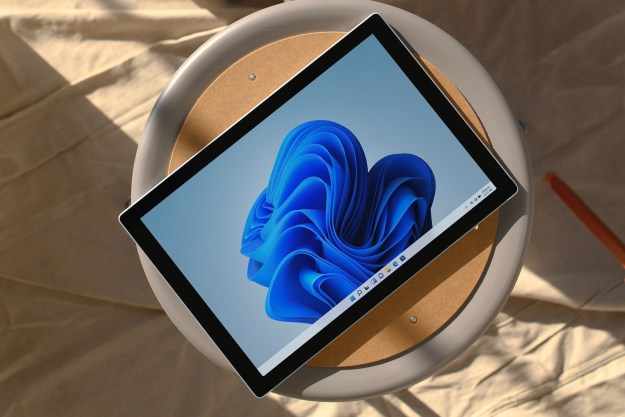
We’ve got a step-by-step guide for you install Microsoft’s Windows 7 onto your computer. The guide should work for the various versions like Home Premium.
To get the best results, we recommend that you do a clean install for Windows 7. Before you start the installation process you should probably check out the Windows 7 system requirements list. You’ll need to ensure that your hardware has Windows 7 drivers. Download them from the manufacturers’ Websites. Before starting the installation save all the necessary drivers on a flash drive or a CD-R.
Alright, now that you’ve done all of that you should be ready to install. Lets get to it.
Windows 7 Install:
1. Place the Windows 7 DVD into the dvd-rom drive and start your PC. Windows 7 should start up automatically. You’ll get a black screen with a white progress bar.
2. The next screen allows you to setup your language, time and currency formats. It also lets you set up keyboard or input methods. Choose the settings you want and click next to continue.
3. Next is a screen that asks if you want to “Install” or “Repair” Windows 7. For this one we’re doing a clean install so just click “Install”. The License and Terms agreement will come up next, click “Agree” if you do and then “Next”.
4. Now, you’ll see two options “Upgrade” or “Custom (Advanced)”. Select “Custom (Advanced)”.
5. Choose where you want to install 7. If you’re only using one hard drive just hit “Next”. If you’re using more than one drive or partition then you need to choose the drive that you’d like to use. If you need to format or partition a drive then click “Drive options (advance)” before clicking next.
6. Windows 7 will now start the installation process copying the necessary files to your hard drive. It will go through various stages of the setup and your computer will reboot a few times. When the PC reboots it attempts to boot from the DVD as its first boot device. DO NOT press any key during the boot prompt so Windows 7 will continue with the installation by booting from the hard drive. After the reboots, the computer will be ready for first use.
7. Now, you get to choose a username and computer name. The created User will be you Administrator account, which has all of the privileges. Next choose your password and password hint.
8. Hopefully, you’ve kept the packaging for the Windows 7 DVD. Now, you’ll need the product key and type it in. If you don’t have the product key you can still proceed to the next stage. Windows will run in trial mode for 30 days. You must activate Windows within 30 days otherwise you won’t be able to access your computer after the 30 days is up.
9. Protect the computer and get updates on the next screen, choose “Recommend Settings”.
10. The next screen will be a review of your time and date settings. Select your time zone. Next set your location. If this is a home PC choose Home network, otherwise find your appropriate option.
11. Windows will now finalize the settings for your computer and then restart.
12. After the reboot you’ll get the Logon screen. Type your password and log in.
13. Your desktop should be ready to go. However, you’ll need to check the configurations. Make sure that all the hardware is detected correctly and that the necessary drivers are installed. This can be done from the device manager.
The next couple of steps deal with using your device manager to check the hardware. If you don’t feel that you need to check the hardware than you can skip these steps.
14. To access device manager click “Start Menu” then “Control Panel”. Look for “System and Security” then “System”. Pick “Device Manager” after that. In the manager you’ll all of your hardware listed. Look to see if you have any yellow exclamation marks next the names of devices. The exclamation mark indicates that the driver has not been installed for that particular device.
Now, you can install the driver for that device. To do so, right click on the device name and then click “Update Driver Software”.
15. You can also choose to “Search automatically for updated driver software” or “Browse my computer for driver software”. If you have the driver CD or if you saved drivers to a flash drive then choose the Browse option. Windows 7 searches and installs the driver from the CD or you can locate the driver manually.
Once you’ve removed all the yellow exclamation marks your Windows 7 configuration will be fully configured.
16. One last check that you might one to make is to make sure that you have successfully activated Windows 7. Click “Start Menu” then “Control Panel”. Find “System and Security” again then “System”.
At the bottom of the the window you’ll see a line that reads “Windows activation”. Underneath it will read “Windows is activated” and under that is the product code that you entered previously.
Editors' Recommendations
- How to change margins in Google Docs
- How to build a table of contents in Microsoft Word
- Windows 11 might nag you about AI requirements soon
- How to delete files on a Chromebook
- How to delete or hide chats in Microsoft Teams


